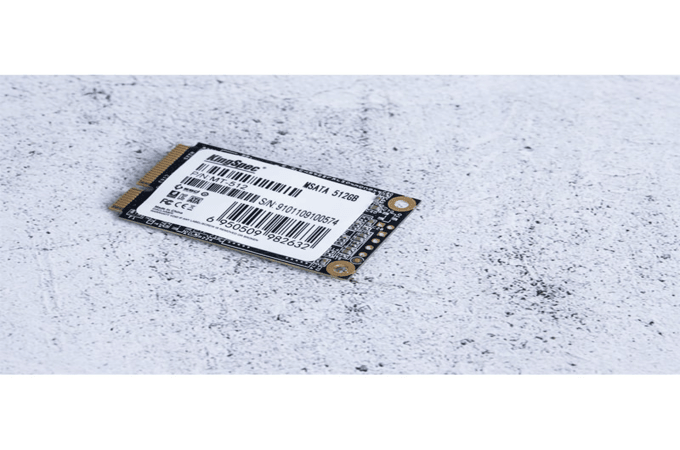News
Site Editor
 Site
https://kingspec.usa02.wondercdn.com/uploads/image/6307135a29359.png
The latest standard for attaching storage devices to a computer's system bus is the Serial Advanced Technology Attachment (SATA) interface.
Site
https://kingspec.usa02.wondercdn.com/uploads/image/6307135a29359.png
The latest standard for attaching storage devices to a computer's system bus is the Serial Advanced Technology Attachment (SATA) interface.
SATA vs mSATA: What Are The Differences?
Views: 42643
Author: Site Editor
Publish Time: 2023-02-22
Origin: Site
You've probably heard about mSATA SSD and SATA SSD connectors if you've been looking at purchasing an SSD. Both of them connect a storage device to a computer's mainboard.
There are many different types of drives, but SATA has long been the preferred interface for all of them. Despite the introduction of newer connectors like PCIe and NVMe, SATA continues to enjoy massive adoption and significance.
However, SATA and mSATA are not the same, and in this article, we will walk you through the comparison of SATA vs mSATA interfaces.
SATA and MSATA–What Are They?
The latest standard for attaching storage devices to a computer's system bus is the Serial Advanced Technology Attachment (SATA) interface.
Drives using SATA interfaces are often low-cost and provide ample storage space. Hot plugging, in which hardware is added or removed from a running system, is supported by SATA. SATA can transfer data at a faster pace than its predecessor, IDE, up to 6GB per second. Because each drive plugs directly into the motherboard, the BIOS can control its settings.
While most laptops and desktops can use SATA disks, ultra-thin notebooks could need a more compact option. To accommodate small devices, major manufacturers created a compact solid-state drive known as mSATA SSD.
The mSATA SSD is a miniature version of the normal SATA interface that eliminates the shell but maintains the same maximum data transfer rate.
Due to their small size, mSATA drives are typically employed as 16GB or 32GB cache drives. You can improve performance by using a caching mechanism for frequently accessed system and application files.

Comparing SATA and mSATA
Now that we've known what SATA and mSATA are, let's explore how they differ from each other.
1. Size
The primary distinction between mSATA and SATA is one of physical size. To accommodate compact devices like smartphones and laptops, mSATA was developed.
mSATA SSD is also common in printers, kiosks, and other compact electronics. Its size, around that of a business card, makes it ideal for compact designs with limited power. SATA comes in a bulkier 2.5" case than mSATA, limiting its usability to bigger gadgets.
2. Specifications
The SATA-IO, or Serial ATA International Organization, establishes the guidelines that all SATA designs, including mSATA, must adhere to.
When communicating with a host device, both mSATA and SATA use the Advanced Technology Attachment (ATA) command. For these reasons, mSATA's behavior within a device is instantly recognizable to anyone who has ever used a SATA interface.
Similarly, all SATA and mSATA connectors, regardless of manufacturer, must adhere to the same SATA-IO requirements.
3. Capacity
The 6Gb/s transfer rate required by SATA III applies to both traditional SATA drives and the more compact mSATA SSD. mSATA is a smaller alternative to the standard SATA interface, but it is often only used in drives with less total storage capacity.
The connector has no bearing on the drive's storage capacity. SLC flash-based mSATA drives are the most reliable option for storing data, while MLC flash-based drives may have more storage space but are less dependable.
It's important to note that the distinction between SLC and MLC also applies to SATA drives, even though SATA drives offer larger storage capacity than mSATA drives of both types.
The Best mSATA SSD Awaits you
You may be looking for a reputable brand to get a high-performance mSATA SSD that meets the SATA-IO specifications. Luckily, KingSpec supplies exactly that.
We've made a collection of our best-quality mSATA Solid state drives. Kindly click here to check our catalog now.






















